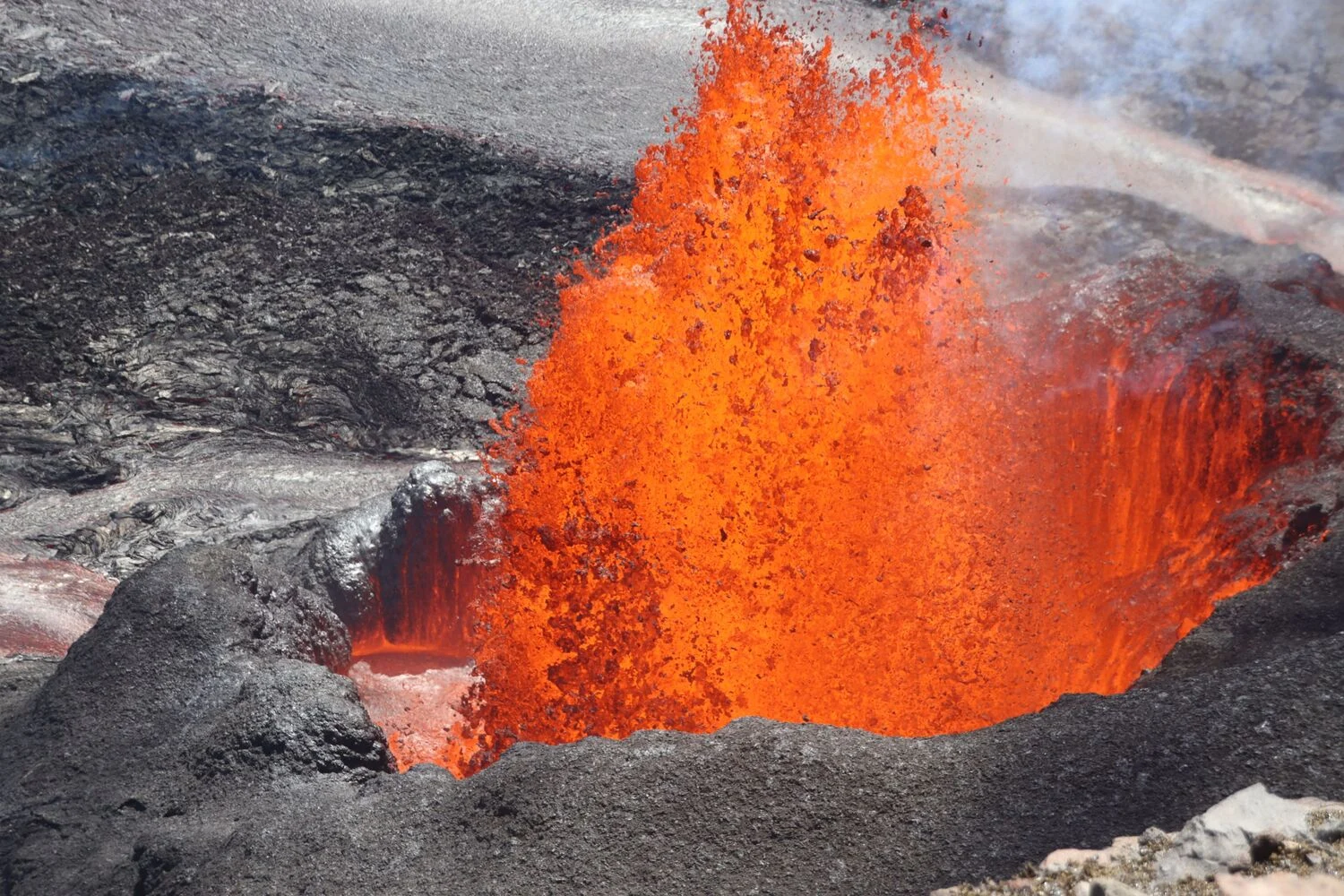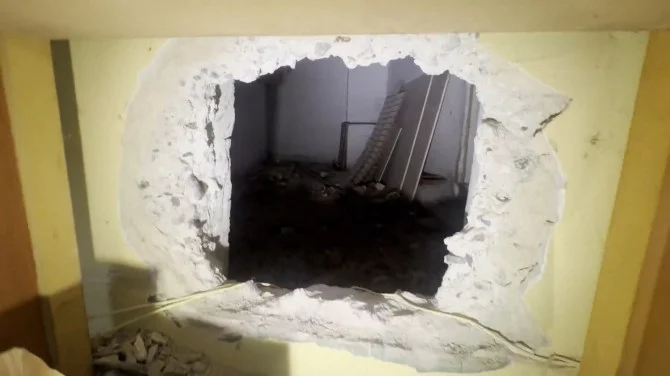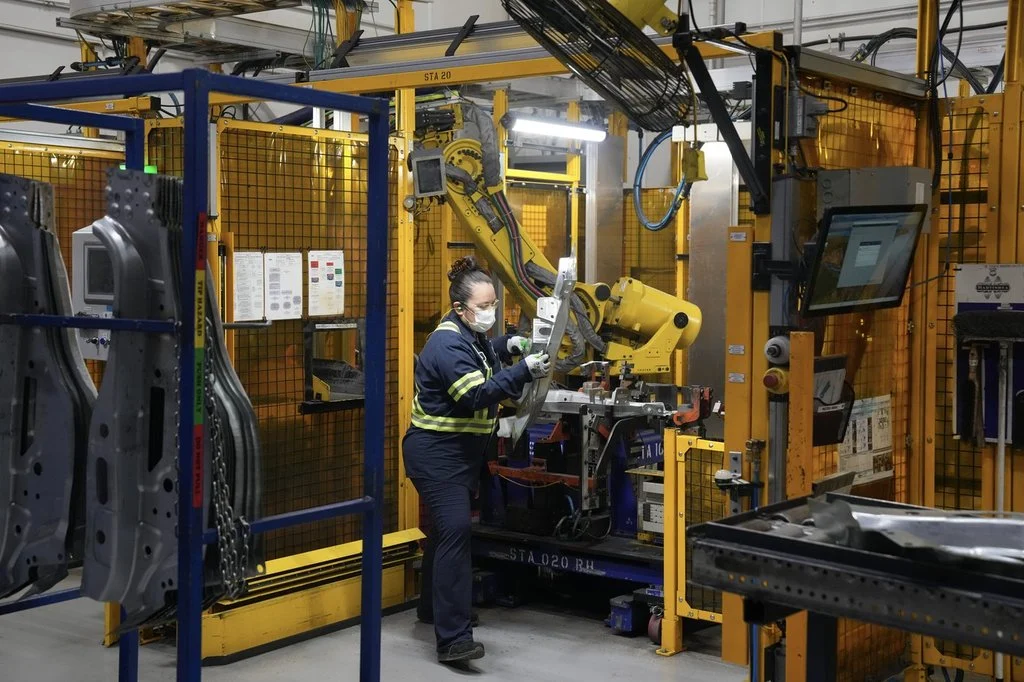Deep inside the heart of the Earth lies a treasure trove of gold that is slowly seeping through the layers of the planet, as scientists have recently discovered.
A recent study carried out in Germany, focusing on isotopes present in volcanic rock emerging from the Earth’s depths, has revealed the abundance of valuable metals in the core.
“The initial findings were quite surprising, as we essentially hit the jackpot!” exclaimed geochemist Nils Messling from Göttingen University in Germany, in response to the team’s recent discoveries shared in a press release last week.
The data collected confirmed the migration of materials like gold and other precious metals from the core into the Earth’s upper mantle.
Despite the excitement, it’s essential to bear in mind that these precious materials, including metals like ruthenium and platinum, are buried under more than 2,900 km of solid rock, making access to this natural wealth highly improbable.
Research indicates that over 99% of the Earth’s gold reserve is concentrated in its metallic core. A study from 2006 estimates that the gold within the core could blanket all the land on Earth with a layer 50 cm thick source.
Courtesy / University of Göttingen / OpenAI
The researchers involved in this groundbreaking study emphasize the significance of their work, revealing that portions of the Earth’s core, previously presumed to be inaccessible, can reach the surface during volcanic activities.
“Our findings not only challenge the notion of the Earth’s core as isolated but also demonstrate the substantial movement of superheated mantle material – equivalent to multiple quadrillion metric tons of rock – originating from the core-mantle boundary and ascending to form features like oceanic islands such as Hawaii,” explained geochemist Matthias Willbold, a co-author of the study.
Published in Nature, the study reveals that volcanic rock samples analyzed contain higher levels of a specific Ru isotope compared to present-day mantle samples, confirming the core’s contribution of precious metals.
This new understanding opens avenues for further research by amalgamating these findings with previous studies to enhance comprehension of the genesis of valuable metal deposits and potentially their locations.




